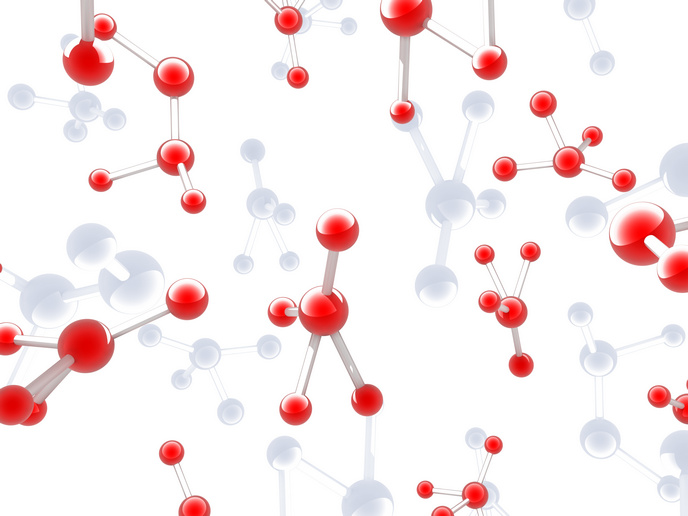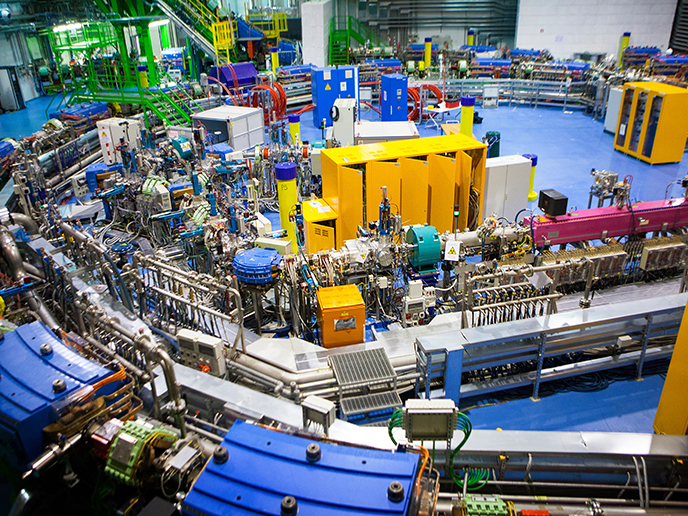A step forward in topological quantum computation
The very thing that makes quantum computing revolutionary – its reliance on subatomic particles’ ability to exist in more than one state at any time – is also the thing that makes it highly difficult to master. Performing calculations quicker while using less energy comes at the price of environmental noise and operational errors, at a point much more severe than in classical computation. In fact, this is one of the most important obstacles on the path to exploitable quantum computing. Quantum error correction can allow fault-tolerant quantum computation for sufficiently isolated quantum systems and sufficiently precise quantum gates. But as Dr Carmine Ortix of the Leibniz Institute for Solid State and Materials Research Dresden puts it, the requirements for doing so are too stringent. Opting for topological quantum computation – in which qubits are topologically protected against decoherence – with Majorana fermions to carry it would be a much better solution, but it isn’t exactly straightforward to achieve. “There are two main complications,” says Dr Ortix. “The first is the requirement of a substantial, intrinsic spin-orbit coupling. This largely reduces the number of potential candidate materials. The second is the low control of superconducting pair correlations. Cooper pairs are introduced in the non-superconducting region with strong spin-orbit coupling via the proximity effect, thereby requiring a very high level of control in the fabrication process and quality of the superconductor-semiconductor interface.” With CNTQC, Dr Ortix aimed to overcome these two problems by introducing novel platforms where the generation of Majorana bound states can be regulated on demand. “The feasibility of this concept is rooted in the fact that the quantum mechanical properties of charge carriers constrained to curved nanostructures are intrinsically different from those in a conventional flat nanostructure. As a result, electronic, and thus transport, properties are also very different,” he explains. The CNTQC team successfully proved that the interplay between the curvature-induced effects on electronic properties and the topology of the ground state of a low-dimensional system is significant. For instance, periodic buckling of a semiconducting nanowire induces a metal-insulator transition, and thus defines a nanoflex transistor switch – “on” when the nanowire is flat and “off” when the nanowire is planarly curved. “Furthermore, the insulating phases are endowed with a non-trivial topological structure, which leads to a novel “fractal” butterfly spectrum,” Dr Ortix continues. “We have also introduced the concept of geometric-shape control of the spin quantum-geometric phase in elliptically-deformed semiconductor quantum rings with Rashba spin-orbit interaction. Shape deformations that result in a non-uniform curvature give rise to complex three-dimensional spin textures unveiling the way to get an all-electrical and all-geometrical control of the electron spin orientation. Furthermore, these geometrically tuneable spin textures render different Aharonov-Casher (AC) interference patterns in spin interferometers.” These findings reveal enormous potential for new device concepts of spin-orbitronics where the electron spin and the electronic transport are directly controlled by the system geometry. Moreover, the geometric-shape control of the spin geometric phase may pave the way for future spintronic applications, such as control of persistent spin currents. All in all, CNTQC introduced the concept of geometric anisotropic magnetoresistance (GAMR) in curved open tubular nanostructures; predicted that a semiconducting channel patterned in a serpentine shape at the mesoscopic scale can act as an electronic topological charge pump once subjected to weak rotating magnetic field; created a technique called zero-offset anomalous Hall magnetometry which can improve the reach of lab-based transport investigations in the thriving field of antiferromagnetic spintronics; devised a first-of-its-kind room-temperature memory element that is based purely on antiferromagnets and can be written by using an electric field instead of a current; and advanced magnetic imaging at the mesoscale. Building upon these promising outcomes, the CNTQC Consortium decided to start developing a roadmap for future exploitation of curvature-induced effects in nanosystems. The project’s outcomes point to the fact that the curved geometry of novel nanosystems can be used to lunch new functionalities in which the generation of Majorana bound states in a controlled manner will play a central role.
Keywords
CNTQC, quantum computing, majorana fermion







